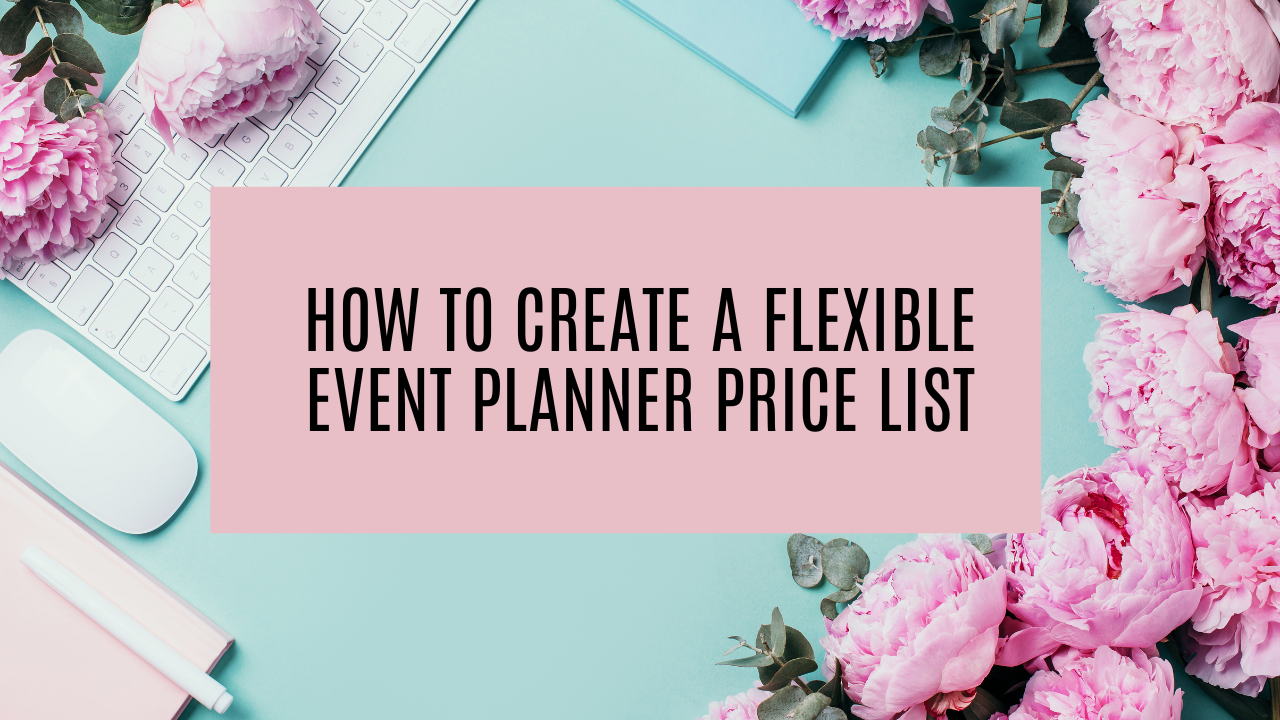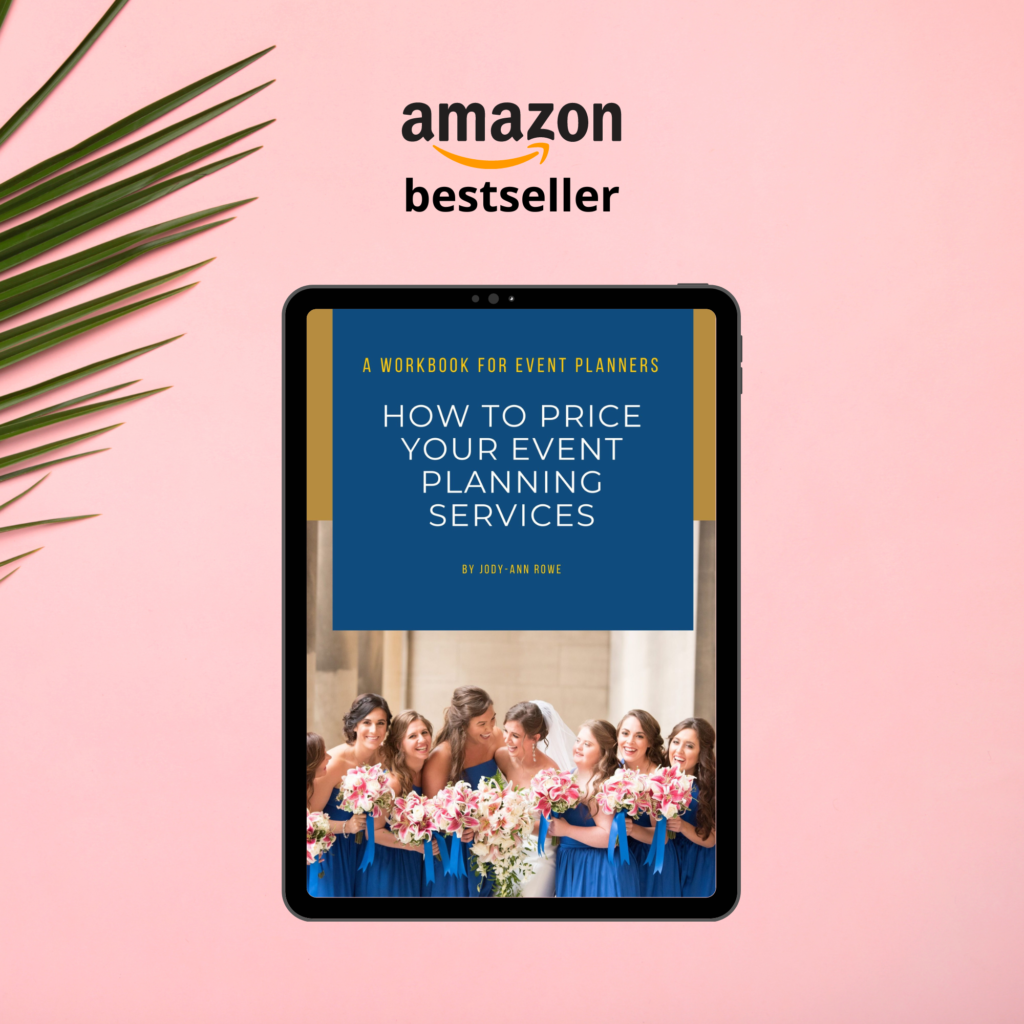
As an event planner, pricing your services can be a tricky task. On one hand, you want to make sure that you are charging enough to cover your costs and make a profit. On the other hand, you don’t want to scare away potential clients with prices that are too high. The key to finding the right balance is to have a flexible event planner price list that can adapt to different types of clients and events.
Event Planner Price List: Understanding your Costs
One of the first steps in creating an event planner price list is to understand your costs. This means budgeting for things like equipment, staffing, and any other expenses associated with running your business. It’s important to take a detailed and thorough approach when it comes to cost analysis so that you don’t end up with hidden costs or surprises later on.
When budgeting for equipment, think about all the necessary items like tables, chairs, lighting, sound system, and any special equipment that may be required based on the event’s size and theme. Additionally, don’t forget to budget for backup equipment in case of any malfunctions or unexpected events.
When budgeting for staffing, include wages, taxes, benefits, and any additional costs such as transportation and lodging for out-of-town staff. Additionally, consider the cost of hiring any additional staff or vendors for special services such as catering, photography, videography, etc.
Other expenses to consider when creating your price list would be things like marketing, office expenses, and insurance. These expenses may not be directly associated with running an event, but they are necessary for the operation of your business.
Once you have a clear understanding of your costs, you can start to think about how to structure your pricing. You can then create pricing options that will help you reach your target market and achieve your desired profit margin. But make sure you’re always being honest and transparent with your pricing, and that it accurately reflects your costs and the value of your services.
Hourly Rates
One popular pricing strategy for event planners is to charge hourly rates. This can be a good option for event planners who are just starting out or for smaller, less complex events. Hourly rates allow you to charge for your time and expertise, and they can be a great way to attract clients who are working with a limited budget.
When setting your hourly rate, it’s important to take into account your level of experience, the cost of living in your area, and the going rate for similar services. You can research industry standards or see what similar service providers in your area are charging to get a sense of what is fair and competitive.
Another thing to consider is that hourly rates can be more transparent for clients as they can see exactly how much they are paying for each hour of your services. This can be beneficial for clients who are looking for a specific service or just need a small amount of help with their event.
It’s also important to be clear and upfront with clients when it comes to hourly rates. Clearly communicate the hourly rate, any additional expenses such as travel, and what type of services will be included in that rate. This can help to set clear expectations and avoid any confusion or misunderstandings later on.
Package Deals
Another popular pricing strategy for event planners is to offer package deals. Package deals are great for clients who are planning larger or more complex events. They provide a convenient, one-stop solution that includes all the necessary services to plan and execute a successful event.
The key to creating effective package deals is to offer a variety of options that can cater to different types of events and budgets. This can include a range of services such as planning, coordination, decoration, vendor management, entertainment, and more. By creating a range of package deals that offer varying levels of service, you can cater to different types of clients and events, and make it easy for them to choose the right option.
Package deals also simplify the booking process for clients by providing them with a clear, upfront understanding of the services they will be receiving. This means they don’t need to waste time trying to figure out the best options to fit their budget and they can focus on the more important aspects of planning their events.
In addition, these package deals can include additional perks such as discounts on services or equipment rentals, priority support, etc. This can help increase the perceived value of your services and encourage clients to choose higher-priced packages.
Overall, package deals are a great way for event planners to offer flexibility to clients, simplify the booking process, and increase revenue by creating a range of options that cater to different types of events and budgets.
Creating a Flexible Price List
The key to creating a flexible event planner price list is to offer a variety of options to your clients. This allows you to adapt to different types of clients and events, and meet the needs of a wide range of budgets and preferences.
For example, you could offer a basic package for smaller events that includes planning and coordination services, while a more comprehensive package for larger events could include additional services such as decoration, entertainment, catering coordination, and more. This way, you can cater to the needs of both small and large events, and provide a range of options for clients with different budgets.
Another way to offer flexibility is by offering different levels of service. For example, you could offer a standard package that includes essential services such as planning and coordination, and then offer additional services as add-ons, such as day-of coordination, vendor management, and more. This way, clients can choose the level of service that best fits their needs and budget.
It’s also important to make sure that your package deals are clear and transparent, and provide detailed breakdowns of costs to your clients. This will help clients understand exactly what they are paying for and make it easy for them to compare different options. Additionally, providing detailed breakdowns of costs also helps to increase client trust and build a transparent relationship.
Overall, offering a variety of options with a detailed breakdown of costs allows you to adapt to different types of clients, events, and budgets while ensuring that your package deals are transparent and easy to understand, hence building trust and client satisfaction.
Communicating your Prices
When it comes to communicating your prices to potential clients, it’s important to be transparent and clear. This means providing detailed breakdowns of costs, including information on what is included in each package or hourly rate. It’s also a good idea to have a pricing page on your website, where clients can view your different pricing options and compare them.
Another important factor to consider when communicating your prices is how you present them. For example, instead of listing your prices in terms of dollars, you could present them in terms of value. For example, you could use phrases such as “affordable” or “luxurious” to describe your different pricing options. This can help to create a more positive perception of your prices in the minds of potential clients.
It’s also important to be flexible and willing to negotiate when communicating your prices. Some clients may have a specific budget in mind or may want to customize a package to fit their needs. Be open to discussing options, such as adjusting the package or adding or removing services based on their requirements and budget to make it an attractive offer.
In addition to communicating your prices directly to potential clients, you should also be prepared to discuss pricing during consultations or meetings. Be ready to provide detailed explanations of your pricing options and to answer any questions that potential clients may have. By being transparent and communicative about your prices, you can help to build trust with potential clients and increase the chances of them choosing your services.
Conclusion: Event Planner Price List
In conclusion, creating a flexible event planner price list is a critical step in growing your business. It allows you to adapt to different types of clients and events and can help you attract and retain customers. There are several pricing strategies to consider, such as hourly rates, package deals, and customized pricing plans. By understanding your costs, you can make sure your pricing is fair and competitive, while also ensuring that your business is profitable.
One important thing to keep in mind when creating your price list is to always be transparent and honest about what your prices cover. Provide detailed breakdowns of costs and services and make sure your clients are aware of the value that they’ll be receiving for their investment.
By implementing these strategies and staying true to your values and costs, you will be well on your way to creating a flexible event planner price list that will serve your business well.

